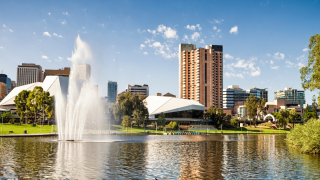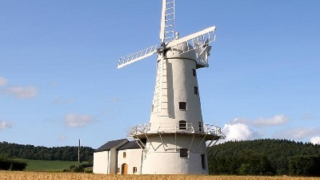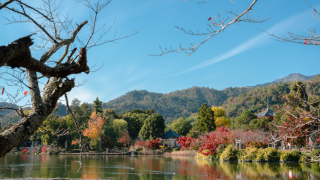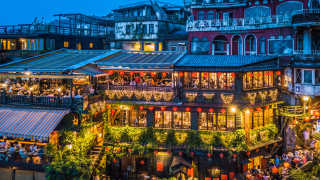とは?健康・味・文化で世界を魅了する日本の森の恵み-320x180.png) LOANWORD
LOANWORD What Is Shiitake? Japan’s Forest Gift Captivating the World with Health, Flavor, and Culture
From the misty forests of Japan emerges a humble mushroom with extraordinary flavor and healing strength—the Shiitake. Rich in vitamin D, beta-glucan, and natural umami, this mushroom has nourished both the body and spirit of the Japanese people for centuries. Today, it stands as a global symbol of wellness and culinary artistry.









